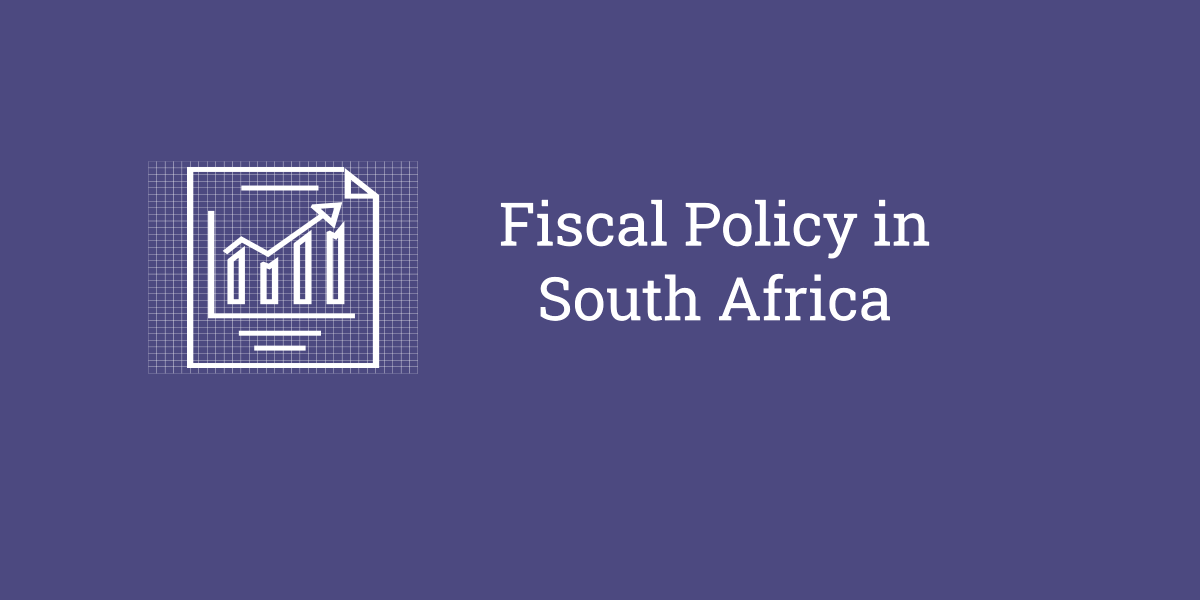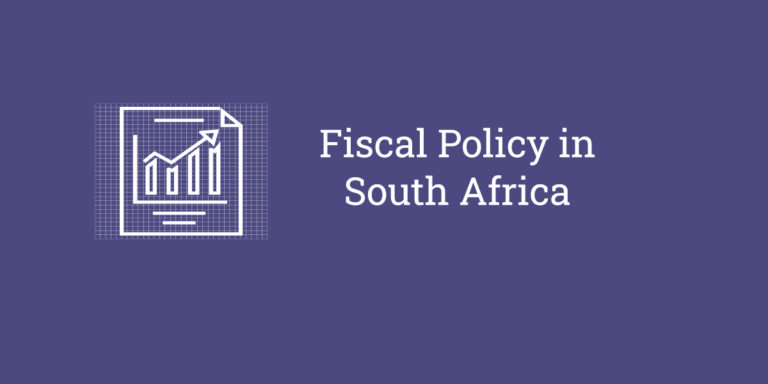How do we measure the performance of the South African budget? The message from Finance Minister Nhlanhla Nene’s inaugural Medium-Term Budget Policy Statement suggests dual objectives.
Minister Nene has cut the expenditure ceiling and capped spending on items such as advertising, travel expenses, catering and consultants. Balancing the books sensibly and attempting to ensure effective use of public monies will encourage investor confidence and also pay for the salaries and equipment needed to run public services. But Minister Nene offers little in the way of unpacking the linkages between the budget and transformation objectives. He does, for instance, allude to links between the budget and economic programmes and carefully explains why the bailout of Eskom is needed alongside focussed attention for state owned enterprises. But the link between spending and intended impact is not outlined in any detail.
Measuring the budget’s performance is not just about fiscal responsibility; it should also be about social change.
In the run-up to the 2014 MTBPS, the chorus from private sector commentators effectively asked Minister Nene to pass the test of fiscal responsibility, questioning whether the Minister had the courage to hold back the tide of populism. It is a test that was set for former finance ministers Trevor Manuel and Pravin Gordhan. The balance, in the eyes of the private sector, swings towards fiscal responsibility with rising economic growth seen as the main catalyst for social change.
Civil society organisations and left political formations place greater emphasis on equality, arguing that more rapid change is needed and that the budget remains a key obstacle to financing change. Taken together, the alternatives from the left show a path towards greater equality via public expenditure coupled with changes in the structure of capitalism in South Africa.
There are real and substantive trade-offs between these two objectives with Minister Nene prioritising fiscal prudence over social change.
To be clear, the proposed cuts to government extravagance must be supported. In fact, even the moderate cuts to the expenditure ceiling are tolerable provided that the Minister offers a guarantee that social spending and programmes aimed at economic inclusion are not cut. The emphasis, however, remains on fiscal prudence without a focus on social change. This is a continuation of the pattern since Minister Manuel took office. It is a pattern that has offered major gains, but also devastating losses.
One the one hand, our budget and financial systems are routinely ranked amongst the best in the world. The International Budget Partnership, for instance, ranks South Africa as the second best in world. Similarly, business leaders rank our audit and financial systems as world class.
On the other hand, South Africa has failed in terms of creating economic inclusiveness. Empirical data from the International Policy Centre for Inclusive Growth shows that South Africa has made progress on poverty reduction over the last decade, but has performed abysmally in terms of employment and reducing inequality compared to other developing countries. The performance of countries that have managed to make progress on economic inclusion is in many instances astonishing. Brazil is often cited as an example of remarkable progress, but other countries have also made progress, sometimes without high growth rates. Importantly, the signal this suggests is that with South Africa’s low growth outlook, efforts to support economic inclusion can be effective.
This begs the question, what point is there in having a world-class budgeting system that is unable to support social change? Minister Gordhan, in particular, began answering these questions during his tenure as finance minister creating systems that reduced corruption, supporting the implementation of National Health Insurance and attempting to finance ambitious infrastructure and industrial policies.
Our world-class budgeting system remains important, especially in the face of rising patronage in the public service. It is, however, what it is, an amazing system that delivers on transparency and what financial houses call “macro-economic fundamentals”, but not on economic inclusion and reduced inequality. In fairness, the National Treasury has attempted to do more by taking on operational responsibility for the Jobs Fund and the Neighbourhood Partnership Grant, signalling that it too realises that good administrative systems are meaningless if the objectives of development are not reached.
But a more probing question emerges. Can a world class budgeting system that has not yet delivered on economic inclusiveness, become an instrument of structural transformation?
The conventional response is that the problem lies not with the budget or plans, but rather with the operational capacities in departments responsible for delivery. This stock response fails to grapple with the fact that our budget system cut spending in education in real terms in the late 1990s, and that the economic space created by fiscal conservatism under GEAR was captured, in large part, by spending on the arms deal (with support from Minister Manuel given his recent evidence to the Seriti commission).
More recently, the National Treasury has been accused of increasing its operational footprint at the expense of line departments and of obstructing processes to ensure that small businesses are provided set-asides in government tenders. Whatever the reason for these decisions, a substantive issue arises between the alignment of public policy decisions and the financing thereof.
Locating the problem of delivery outside of National Treasury fails to take account of the fact that, as a nation, we are slow to match our moral commitments with empirical evidence. Andrew Donaldson, a Deputy Director General at the National Treasury recently became supportive of the idea that reduced inequality improves economic growth. This is however not a new idea elsewhere and has guided the interventions of countries that are achieving remarkable gains in increasing employment and reducing inequality within the past decade. The initial writings in the late 1990s of Ravi Kanbur, Amartya Sen, Nancy Birdsall and even of Thomas Pikkety, all feature prominently in the thinking and actions of contemporaries of our National Treasury in countries that have had better developmental outcomes. What is new today is that Pikkety has offered a more accessible and seemingly unassailable argument, which even the IMF is supportive of.
In this context, the recent declaration that inequality is bad for growth reflects a truth that has guided interventions in other countries for a decade or more. Yet it is conventional economic growth wisdom that finds support in our major policies. The role of our National Treasury might be to run an efficient world-class budget system, but it is also fair to argue that in comparison to budget offices in many developing countries, it lacks innovation.
To be clear, every failure in South Africa is not to be blamed on the National Treasury, but placing them on a pedestal fails to make the links between fiscal stance, allocation decisions and operational performance. In understanding these linkages, we may yet envisage a role for the National Treasury that supports even greater experimentation and bolder initiatives within allocated budgets.
In turn, the exciting question remains, “What can be done?” The concept of radical reprioritisation is helpful and requires three major operational steps.
Firstly, clarity on what the priorities are is foundational. A clear statement from government on a limited set of priority areas and programmes is needed. These should be the “top ten” programmes intended to transform our society — and they should be narrow. Simply stated, we need a much clearer and bolder game plan.
After twenty years of experience and running several innovative ideas during this period, the raw materials are there to select programmes that work at scale and will have demonstrable impact on inequality. Famously in Brazil, former President Lula called it the “Zero Hunger Programme”. In the US, President Barack Obama has an economic revival programme under the “JOBS Act” (Jumpstart Our Business Startups Act). In both cases there is clear prioritisation of objectives that are linked to plans and budgets. Without this clarity, our national budget will never achieve all it is required to do or fund what works for reducing inequality.
Second, once these priorities are determined, expenditure must be allocated accordingly. For example, if after our best efforts, we find that an expansion of the Community Works Programme is the best approach for linking social assistance to preparing young adults for work than it should be resourced adequately with staff and finances.
Finally, tracking performance on these priorities is important. A smaller set of priority programmes is immediately of greater help to politicians for tracking performance and ensuring delivery. Potentially, priority areas could be tracked with the use of technology, such as online or via cell phones, ensuring transparency.
Underlying such a prioritisation of government expenditure rests on developing a set of fiscal guidelines that sets a framework with social partners and protects spending in priority areas to bring about change.
Measuring the performance of the budget in this manner will help us to ensure that we remain not merely within budget, but that we use our resources to transform society.
This article was first published under creative commons license on South African Civil Society Information Service website.


